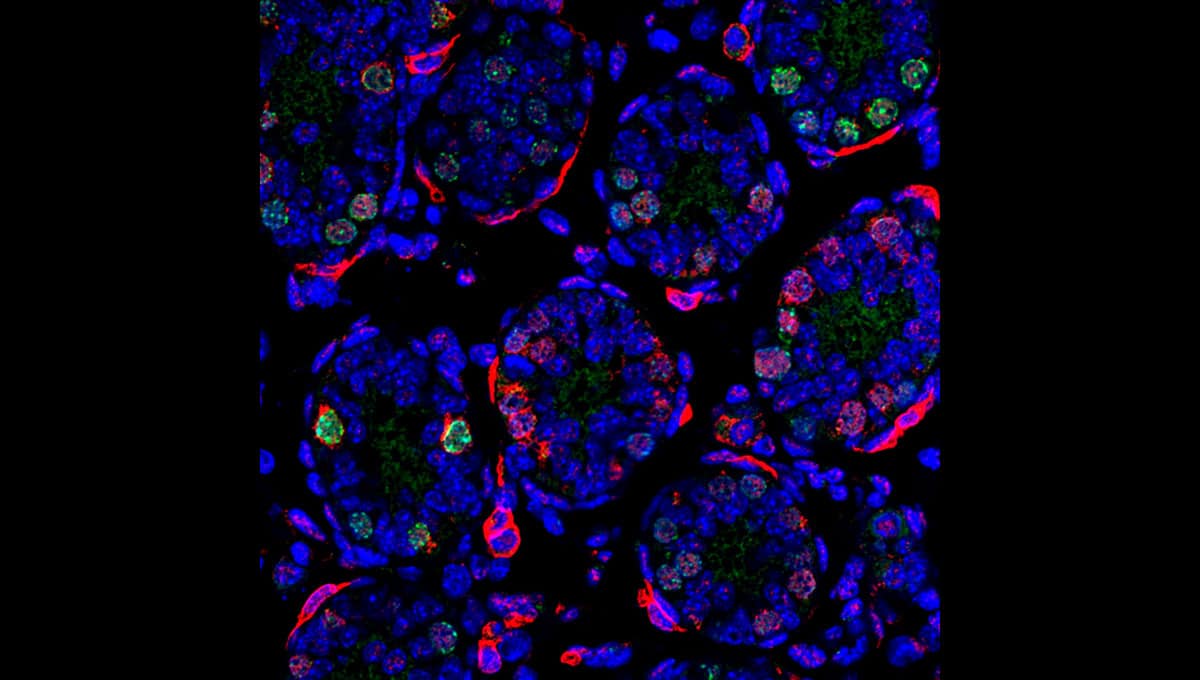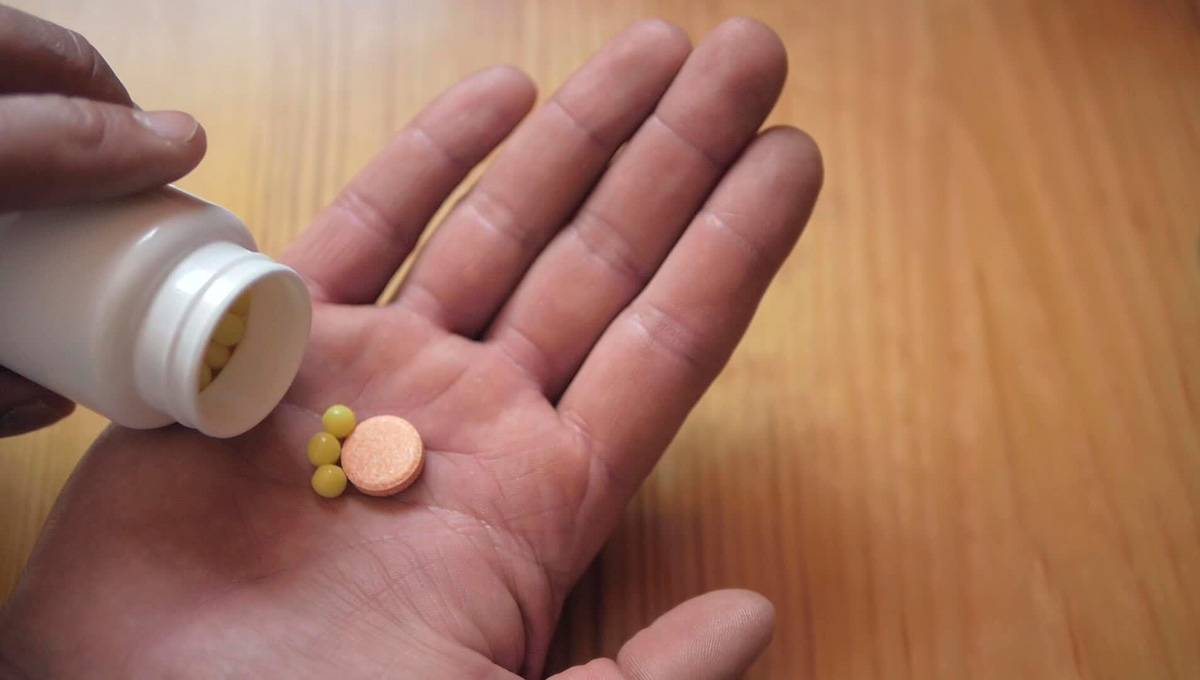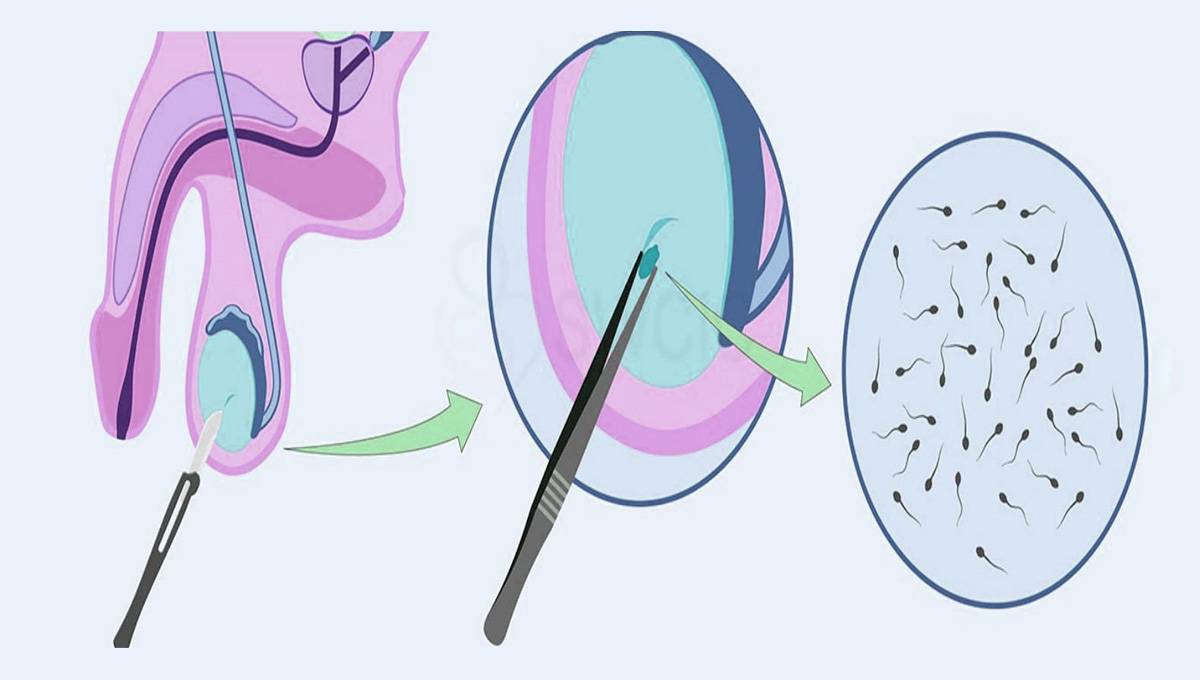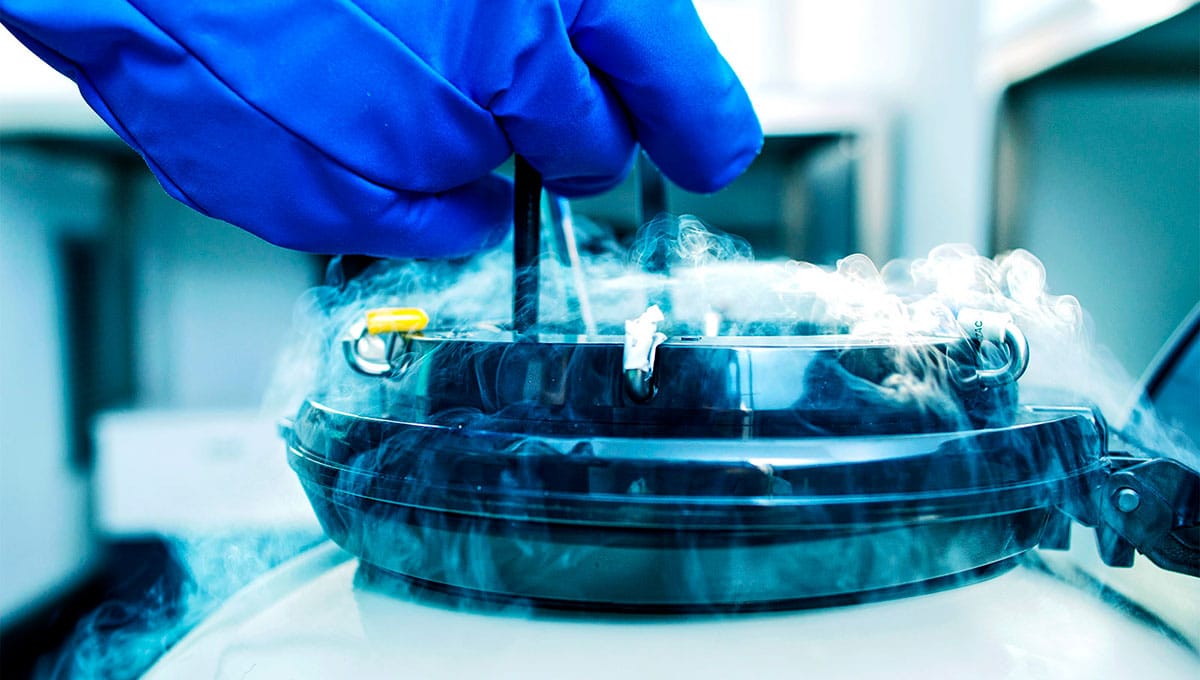What you will learn
The 5 best IVF clinics in the USA in 2017 based on the most recent 2014 data.
How the clinics were ranked.
How you can naturally boost male fertility with nutrients
The website fertilitysuccessrates.com has released IVF success rankings based on live birth rate per transfer for Fresh Embryos (rather than frozen) with 20 or more transfers per segment as reported in the most recent CDC Preliminary IVF Success Rate Report using 2014 data.
The numbers represent the percentage of implanted embryos, which have successfully resulted in a live birth, i.e. a baby.
How we have ranked
We have compiled these results and determined the 5 best IVF clinics in the USA, which score well across all age groups.
Scores were calculated based on the following method:
- Only the top ten clinics in each of the four age brackets were compared.
- Points were allocated to fertility clinics based on their position in each of the four age brackets (under 35, 35-37, 38-40 and 40+), i.e. the top clinic in that category scored 1 point, the 3rd best clinic scored 3 points.
- If a clinic did not appear in the top 10 of any one age bracket group, 11 points were allocated.
- The clinic with the lowest points wins.
How good is the data?
By federal law, all certified IVF laboratories are required to submit IVF success rate data on an annual basis to the Center for Disease Control. If you are considering treatment at a fertility clinic that does not publish their results to the CDC, you should definitely ask why they do not follow this regulatory obligation. The law exists because some clinics have inflated their success numbers to attract patients.
The current system isn’t perfect. There are still ways to manipulate IVF success rate data.
Managing expectations
While it is tempting assume that those clinics with the highest success rates will provide increased chances of successful pregnancy and live birth, it is very difficult to compare the clinics directly. High success rates may be due to the fact that a clinic treats fewer patients with specific and challenging fertility problems, or that their treatment policies and practices differ greatly from the average.
Probabilities vary according to the women”s age and the chosen treatment option as well as her own and her partners base fertility levels.
Overall USA IVF success data
Note how the success rate of live birth drops and the the number of embryos increases with increasing age of the mother.
www.amitamin.com/en/fertilsan-m New life deserves the best possible start!We provide the essential building blocks for this.
The 5 best IVF clinics in the USA
5th Place: HRC Fertility – Pasadena (best in USA for 40+ IVF)
Score
HRC Fertility – Pasadena came 5th in the comparison with 31 points. The clinic performed particularly well in the two IVF age brackets 38-40 and 41-42, achieving 8th the highest and highest % live birth rates per embryo transfer of 45.6% and 33.3% respectively. That means that in the age group 41-42 every third transferred embryo is a live birth – the highest success rate in the USA.
Clinic Profile
HRC has nine fertility centers located throughout greater Los Angeles and Southern California. They have remained dedicated to their primary mission which is to provide state-of-the-art technologies and achieve superior pregnancy rates, while upholding the highest standards of moral and ethical practice. Their doctors and staff are committed to providing patients with this level of care in a considerate, compassionate and cost-effective manner. They work in partnership with our patients throughout their journey in bringing their dreams to life.
Why Do Thousands of Patients From Around the World Seek Treatment at HRC?
Their reputation. Doctors Bradford Kolb, Jeffrey Nelson and John Wilcox provide continuity of care to their patients beginning with the first consultation that extends through graduation to their obstetrician. Their physicians customize treatment protocols for their patients and perform all diagnostic tests, ultrasounds and IVF procedures. The journey to parenthood is a partnership truly shared between patient, doctor and staff providing compassionate care every step of the way.
Fertility treatments they specialize in include
- IUI (intrauterine insemination),
- IVF (in vitro fertilization),
- PGD/S (Preimplantation Genetic Diagnosis and Screening),
- Single Embryo Transfer (SET),
- Gender Selection,
- family building options for the LGBT community,
- egg freezing and
- 3rd party parenting programs such as egg donation and surrogacy.
They also have extensive programs for male factor infertility and “unexplained infertility” issues such as ICSI (Intracytoplasmic Sperm Injection). Additionally, Reproductive Surgical Associates (RSA). Their surgical center is located in our Pasadena fertility clinic providing a built-in convenience for patients as all treatments and appointments are done in one location.
4th Place: Reproductive Medicine Associates of New Jersey (best USA average for 35+)
Score
Reproductive Medicine Associates of New Jersey (RMANJ) has the 4th best overall IVF success rates in the USA.
Noteworthy is the high average across all age groups above 35: in the three age groups 35-37, 38-40 and 41-42 the clinic placed 2nd (67.7% live birth rate), 4th (53.6%) and 6th (26.9%) highest respectively across the whole of the USA.
Clinic Profile
RMANJ has assembled a compassionate, world-renowned team of in-vitro fertilization (IVF) specialists in NJ to guide you on your road to parenthood. It is their goal to provide you with the highest level of customized fertility treatment & care that is as much personal as it is medical. Their team has conducted breakthrough clinical research over the years which has contributed to major advances in the field of reproductive medicine.
At RMANJ you have access to the latest and most safe and effective fertility treatment options including:
- Semen Analysis
- Intrauterine Insemination (IUI)
- In Vitro Fertilization (IVF) and other Assisted Reproductive Technologies
- Third Party Reproduction Services
- Ovatures Egg Donation Program
- Laparoscopic and Hysteroscopic Surgical Intervention
- Pre-implantation Genetic Diagnosis (PGD)
- Comprehensive Chromosome Screening (SelectCCS)
- Fertility Preservation
- Collaborative Wellness Program (alternative natural interventions)
They are a complete team that offers a full range of support services during your entire RMANJ experience for fertility treatment in NJ. Their financial counselors, support groups and educational seminars help patients understand and navigate insurance and payment options, learn coping strategies and share experiences with others who have similar experiences.
Click to visit Reproductive Medicine Associates of New Jersey
3rd Place: HRC Fertility
Score
The HRC Fertility in Encino, northern LA has the 3rd best overall IVF success rates in the USA.
Noteworthy is that this branch placed 3rd best in the age bracket “under 35” and 2nd best in the age bracket “41-42” with 72.7% and 30% of all embryos being live births respectively. This is also a clinic of the HRC network of fertility clinics, notably of HRC Newport Beach, Orange County, which is the top IVF clinic in the USA (see 1st place below).
Clinic Profile
Encino, California, HRC Fertility has an office in this Southern California location to make fertility treatment as convenient as possible for you.
Four fertility doctors see patients at the Encino fertility clinic location. Robert Boostanfar, MD, FACOG; Michael Feinman, MD, FACOG, Alison Peck, MD, FACOG and David Tourgeman, MD, FACOG, diagnose and treat patients for a wide range of infertility problems with the most advanced reproductive technology.
HRC Fertility has always been on the cutting edge of fertility treatments. The California fertility clinic established the first IVF ICSI (intracytoplasmic sperm injection) pregnancy on the West coast. In 1989, HRC Fertility performed one of the first cases of preimplantation genetic diagnosis (PGD) for a sex-linked genetic disorder.
Known for being a pioneer in infertility research, HRC Fertility offers many services at the Encino fertility clinic, including fertility tests such as the Clomid Challenge Test to measure ovarian reserve, hysteroscopy and laparoscopy. Fertility treatments include the most advanced techniques in intrauterine insemination (IUI) and in vitro fertilization (IVF) with the ability to have preimplantation genetic diagnosis (PGD) for genetic disease screening or gender selection. In addition, the fertility clinic in Encino offers options for third party reproduction, including egg donation, sperm donation, embryo donation and surrogacy.
The Encino fertility clinic also has on-site acupuncture services as a complementary therapy to traditional fertility treatments.
HRC Fertility Encino also makes it as easy as possible for international patients to travel to California for fertility treatments. More information can be found on our international website http://losangeles.reproductivepartners.com/.
2nd Place: Gold Coast IVF (best in USA for under 35s)
Score
Gold Coast IVF has the 2nd best overall IVF success rates in the USA.
Noteworthy is that this clinic has the single highest live birth success rate in the country: 77.4% of transferred embryos to mothers under 35 are live births! This percentage drops to 66.7% in mothers between 35-37 years, whcih is still the third highest in the country for this segment.
Clinic Profile
Gold Coast IVF claims to achieve success for so many patients whose treatments failed elsewhere over and over for four major reasons.
- They insist in knowing each and every cause of your infertility and do more analysis before they even start,
- they analyze every treatment attempt to understand exactly why it didn”t work- and its usually not just “bad luck”,
- they have the most cutting edge treatment technology available anywhere in the world,
- their single physician knows every detail of your past and present fertility and nothing gets “lost in translation”
1st Place: HRC Fertility – Orange County (best in USA for under 41s)
Score
HRC Fertility – Orange County, Newport Beach has the highest overall IVF success rates in the USA.
Noteworthy is that this in the ONLY clinic to be in the top 10 for three out of four age brackets.
- It has the 5th best result in the country for the youngest age bracket: 71.9% live births of all transferred embryos in mothers under 35s.
- It has the top results in the country for the age bracket 35-37: 68.5% live births of all transferred embryos.
- It has the second best result in the country for the age bracket 38-40: 59.6% live births of all transferred embryos.
Finally, its sister clinics in Pasadena and Encino are the top two clinics for the age bracket 41-43.
Clinic Profile
Patients searching for a fertility clinic in Newport Beach, California, will find the most advanced reproductive care in a convenient Orange County location at HRC Fertility. Patients can visit the Newport Beach clinic for tests, treatment and monitoring. Three fertility doctors, Mickey S. Coffler, MD, FACOG; Jane L. Frederick, MD, FACOG; and Daniel A. Potter, MD, FACOG diagnose and treat patients at the Newport Beach location for a wide variety of fertility related issues such as endometriosis, menstrual abnormalities, ovulatory dysfunction, polycystic ovarian syndrome (PCOS), polyps and fibroids. The Newport Beach facility uses the most advanced reproductive technology and fertility treatments to help patients achieve their family-building dreams.
HRC Fertility established the first IVF ICSI (intracytoplasmic sperm injection) pregnancy on the West coast and performed one of the first cases of preimplantation genetic diagnosis (PGD) for a sex-linked genetic disorder. Today, all HRC Fertility Orange County locations offer diagnostic testing, assisted reproductive technologies such as intrauterine insemination (IUI) and in vitro fertilization (IVF), and third party reproductive services.
HRC’s Concierge Services for Traveling Patients
They take the stress out of traveling for treatment. HRC’s concierge services help traveling patients find flights, arrange ground transportation, and locate hotels for themselves and their families. They have hotels for every budget and our patients receive special discounts. They can also arrange entertainment and sight seeing for yourself and your family.
Improve your fertility with micronutrients
Several micronutrients such as vitamins, vitaminoids, amino acids and trace elements have proven themselves effective in improving sperm quantity, mobility and shape. This directly translates into better overall sperm quality and therefore a higher chance of pregnancy.
A natural food supplementation therapy for men is:
- relatively inexpensive
- effective after three to six months
- able to increase sperm motility by up to 23%, ejaculate volume by up to 33% and sperm count by up to 215%1 “Imhof, Martin et al., “Improvement of sperm quality after micronutritient supplementation”, e-SPEN, the European e-Journal of Clinical Nutrition and Metabolism, Epub published ahead of print.”
- without side effects
For those reasons, male fertility food supplements are most definitely recommended as the first step in the treatment of oligospermia and asthenospermia.
 We have tested the best natural male fertility booster.
We have tested the best natural male fertility booster.
Also men who have not yet taken a semen analysis test will benefit from supplementing micronutrients to ensure they are able to deliver high-quality semen.
There are no contraindications or side effects to this form of natural “sperm boosting”.
An excellent and detailed overview of many studies can be found in Steven Sinclair’s Male Infertility: Nutritional and Environmental Considerations.
A considerable range of male fertility supplements available on the UK market.
However, the products differ widely in price and composition. Menfertility.org has compared 10 of them in terms of value for money and the nutrients they provide.
The most effective male fertility nutrients
A multitude of studies has shown that highly dosed nutrients have potentially significant impact on overall sperm quality.
The amino acid L-arginine has been proven to increase sperm count and motility 2 “http://www.altmedrev.com/publications/5/1/28.pdf” 3 “http://www.ncbi.nlm.nih.gov/pubmed/7701414“.
Another amino acid L-carnitine has been found to significantly improve sperm concentration (count) and motility over a relatively short period of only 8 weeks4 “http://www.ncbi.nlm.nih.gov/pubmed/12568837“ 5 “http://www.ncbi.nlm.nih.gov/pubmed/8085668“.
Vitamin D has been shown to improve sperm count, motility and morphology6 “http://www.ncbi.nlm.nih.gov/pubmed/21427118“.
Vitamin B9, better known as folic acid has been shown to increase count, motility and morphology7 “http://www.ncbi.nlm.nih.gov/pubmed/20978181“.
Zinc improves the immune system and significantly improves sperm count in combination with folic acid8 “http://www.ncbi.nlm.nih.gov/pubmed/11872201“.
Selenium in combination with vitamin E has been found to improve motility9 “http://www.ncbi.nlm.nih.gov/pubmed/21403799“ 10 “http://www.ncbi.nlm.nih.gov/pubmed/12623744“ 11 “http://www.ncbi.nlm.nih.gov/pubmed/8862739“.
Nutrients must be applied permanently
Sperm cells take 11 weeks to mature in the testicles. Only then they are ready for ejaculation.
If you adjust your diet today it will thus take three months for the better sperm to be ready for fertilisation.
You must therefore keep the diet or supplement on an ongoing basis – ideally until your partner is pregnant or you decide for a different treatment.
All of the male fertility supplements in our great test include several of these nutrients at once, albeit at a lower dose. This is a cost-effective and convenient way making this type of fertility therapy affordable and requiring taking only one all-in-one supplement instead of many.
To find out more about the effects of the individual nutrients and how the various supplements compare, please read menfertility.org’s male fertility supplement review.

Dr. Jones is an experienced consultant in assisted reproduction.
He has worked as a Fertility specialist at Kingston Hospital Assisted Conception and nearly 10 years experience of working in Obstetrics and Gynaecology across hospitals in the UK.
He completed his Masters in Assisted Reproduction Technology and then his PhD, from Imperial College London. Dr. Jones main areas of interest are Single Embryo Transfer, Endometriosis, PCOS and Implantation failure in IVF patients. He is a member of the British Fertility Society and an associate member of the Royal College of Obstetrics and Gynaecology.
Bibliography
- 1“Imhof, Martin et al., “Improvement of sperm quality after micronutritient supplementation”, e-SPEN, the European e-Journal of Clinical Nutrition and Metabolism, Epub published ahead of print.”
- 2“http://www.altmedrev.com/publications/5/1/28.pdf”
- 3
- 4
- 5
- 6
- 7
- 8
- 9
- 10
- 11











